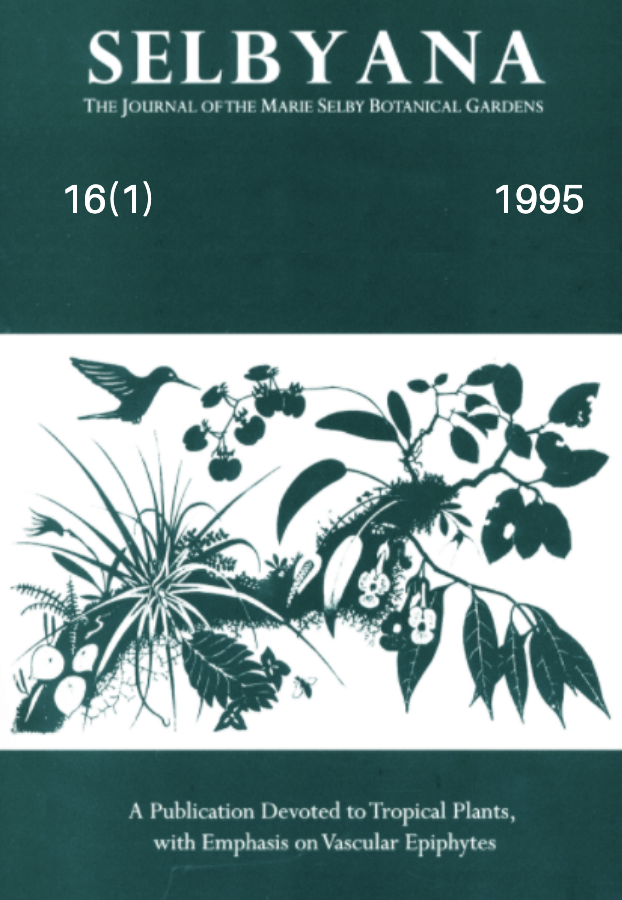Abstract
Arboreal invertebrates represent a diverse and functionally important component of forest ecosystems. Many invertebrates respond rapidly and dramatically to changes in environmental conditions, making these organisms potentially useful indicators of forest condition. Canopy arthropods also significantly affect canopy structure and ecosystem processes such as primary productivity, nutrient cycling and hydrology. Few canopy studies have been designed to address environmental issues such as how changes in land use affect biodiversity or how changes in canopy biodiversity affect functional integration of forest ecosystems. Assessment of canopy invertebrate responses to environmental change and their consequences for ecosystem processes requires manipulative experimental approaches with random replication of independent treatment plots to meet requirements of statistical analyses. This paper describes experimental approaches for evaluating effects of environmental change on canopy arthropod diversity and species abundances and effects of herbivores on ecosystem processes. These studies have indicated similar functional interactions in taxonomically distinct temperate and tropical forest canopies.
Open Access and Copyright Notice
Selbyana is committed to real and immediate open access for academic work. All of Selbyana's articles and reviews are free to access immediately upon publication. There are no author charges (APCs) prior to publication, and no charges for readers to download articles and reviews for their own scholarly use. To facilitate this, Selbyana depends on the financial backing of the Marie Selby Botanical Gardens, the hard work and dedication of its editorial team and advisory board, and the continuing support of its network of peer reviewers and partner institutions.
Authors are free to choose which open license they would like to use for their work. Our default license is the Creative Commons Attribution-NonCommercial 4.0 (CC BY-NC 4.0). While Selbyana’s articles can be copied by anyone for noncommercial purposes if proper credit is given, all materials are published under an open-access license with authors retaining full and permanent ownership of their work. The author grants Selbyana a perpetual, non-exclusive right to publish the work and to include it in other aggregations and indexes to achieve broader impact and visibility.
Authors are responsible for and required to ascertain that they are in possession of image rights for any and all photographs, illustrations, and figures included in their work or to obtain publication or reproduction rights from the rights holders. Contents of the journal will be registered with the Directory of Open Access Journals and similar repositories. Authors are encouraged to store their work elsewhere, for instance in institutional repositories or personal websites, including commercial sites such as academia.edu, to increase circulation (see The Effects of Open Access).
